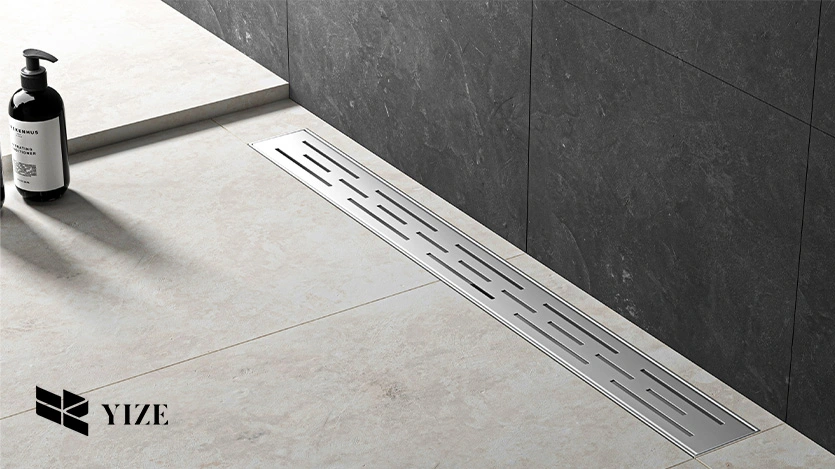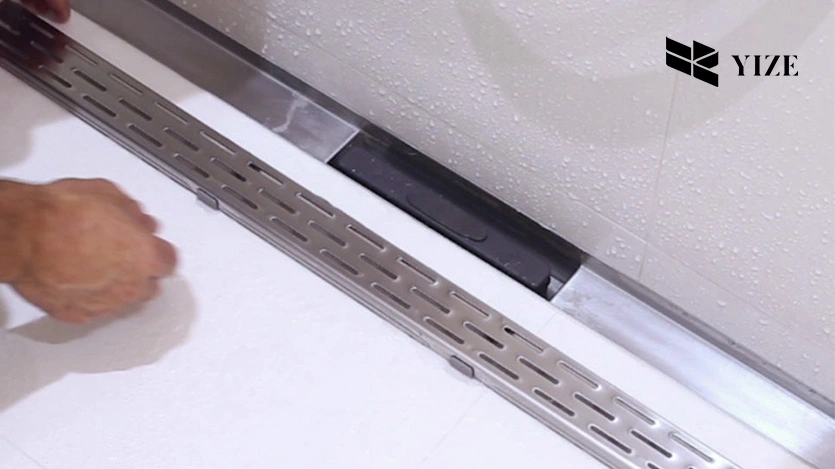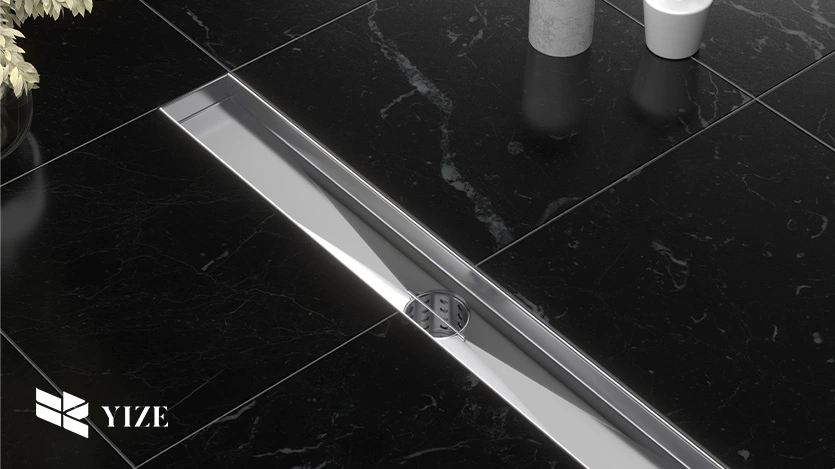
I. Introduction
Indoor 304 stainless steel drain grids are popular because they are strong against rust. They can be left sparkling clean with good cleaning, even in moist areas such as bathrooms or kitchens. Having a good grasp of the right cleaning techniques will help them stay in top gear and keep them from dulling or corroding.
II. Understanding 304 Stainless Steel and Its Benefits
The most popular material for drain grids is 304 stainless steel because of its high resistance to rust and corrosion. This type of steel is very durable and has a smooth finish that is very easy to clean. For areas such as bathrooms and kitchens where cleanliness and aesthetics are important, stainless steel is strong and sleek, high-quality, and has a long life in indoor settings.
III. Essential Tools and Materials for Effective Cleaning
If you want to clean 304 stainless steel drain grids, you’ll need a few simple tools and cleaning materials. Stowed away, you know that you have these just in case the tougher buildup builds up over time or you need to clean them once a week or whatever your routine is.
You’ll need:
- Soft cloths or microfiber towels: They prevent scratching and are great for drying.
- Mild dish soap: It’s gentle enough to avoid damage but effective on grime.
- Warm water: It works as a soil activator loosening dirt to activate the soap.
- Soft-bristled brush or sponge: Helps to remove debris without scratching.
- White vinegar: It’s perfect for softening mineral buildup or water stains.
- Baking soda: Used for heavy stains in a nonabrasive way.
- Spray bottle: So you can easily apply water and vinegar mixtures.
IV. Steps to Effectively Clean 304 Stainless Steel Drain Grids

Once you have your supplies, follow these steps for a thorough cleaning:
- Prepare the Cleaning Area: To splash control and work more comfortably, place your drain grid in a sink or basin if possible. Loosen debris with warm water over the grid.
- Apply Dish Soap: Add a few drops of relatively mild dish soap and use a soft sponge or cloth. Do not use harsh chemicals; these chemicals can damage the stainless steel finish. Use a gentle scrubbing action on the surface of the grid and focus on any areas that look grime or residue.
- Use a Soft-Bristled Brush for Crevices: A soft-bristled brush is perfect for working in tiny gaps or for detailed work. It can help remove dirt without risking scrubbing.
- Rinse Thoroughly: Then, with warm water, use a sink snake or small toothbrush inserted into the drain grid to wipe away any soap residue. Soap sitting on the surface can cause streaks and dull the shine of the stainless steel.
- Remove Stubborn Stains with a Vinegar Solution: To remove water spots or light mineral buildup, mix half apart water and half a part white vinegar in a spray bottle. Apply the solution to the affected areas and let it sit for some time (a few minutes). Soak up the solution with a soft cloth.
- Use Baking Soda for Deeper Cleaning: To remove stubborn stains, mix baking soda with water as a paste. Wet the stain and let it rest, finally brushing it with a soft brush. Rinse well to avoid residue.
- Dry Completely: Breath easy, as your grid is most likely dry enough through the water vapor immediately surrounding the conditioner. Use a microfiber cloth to dry it off, helping to protect against water spots and maintaining the steel’s sheen. It also helps prevent the grid from suffering from needless exposure to water that can dull.
V. Additional Tips for Maintaining Stainless Steel Drain Grids
Keeping your 304 stainless steel drain grids in good working order means regular maintenance. Here are a few tips for routine care:
- Wipe down regularly: Use or clean the grid; dry after each use or cleaning with a soft cloth.
- Avoid abrasive cleaners: When cleaning stainless steel stick to mild cleaners.
- Check for buildup: If you have hard water, watch for early signs of mineral deposits. If caught early, these can be easily removed with a vinegar solution.
- Avoid harsh chemicals: Although stainless steel is highly resistant to corrosion, chlorine-based cleaners or bleach can do considerable damage over time and possibly discolor or corrode stainless steel.
VI. Common Mistakes to Avoid When Cleaning Stainless Steel

Below are a few common cleaning mistakes that will leave your stainless steel drain grids useless in no time, or completely damage them! Here’s what to avoid:
- Using Steel Wool or Abrasive Pads: Stainless steel is too nice for the steel wool to get under and scratch the surface; it starts rusting. Instead, always use a soft sponge or cloth.
- Skipping the Rinse: Soap residue and vinegar left on the surface dull stainless steel finish. Wash well to keep shine.
- Letting Water Sit on the Surface: Left water wet stainless steel may develop water spots. This avoids the problem of drying each cleaning and keeps a finished look.
VII. When to Seek Professional Help?
These ought to be more than enough to keep your drain grids looking great for routine cleaning. Stains, corrosion, or stubborn mineral deposits make you want to call a professional cleaner, however. With tools and expertise, professional cleaners have some assistance in dealing with tougher challenges without harming the material.
VIII. Conclusion
Cleaning 304 stainless steel drain grids does not need to be complicated. However, by skipping a couple of mistakes made on grids and following these simple steps, you can help your grids remain looking new and working properly. With regular maintenance and occasional deep cleaning, they will continue to perform as a reliable part of your home’s drainage system and keep their shine.
Frequently Asked Questions (FAQs)
1. Can I use any cleaner on 304 stainless steel?
So, it’s better to avoid excessively harsh chemicals and be content with cleaning with mild dish soap, white vinegar, or baking soda. These are both safe for stainless steel.
2. How often should I clean my stainless steel drain grids?
Clean your drain grids once weekly to prevent buildup and keep them bright. Once you’re done using them, simply wipe them down, and that’s it for minimal maintenance.
3. Will vinegar damage my stainless steel drain grids?
Diluted white vinegar is safe for stainless steel and helps remove water stains and mineral deposits. After use, rinse and dry.

